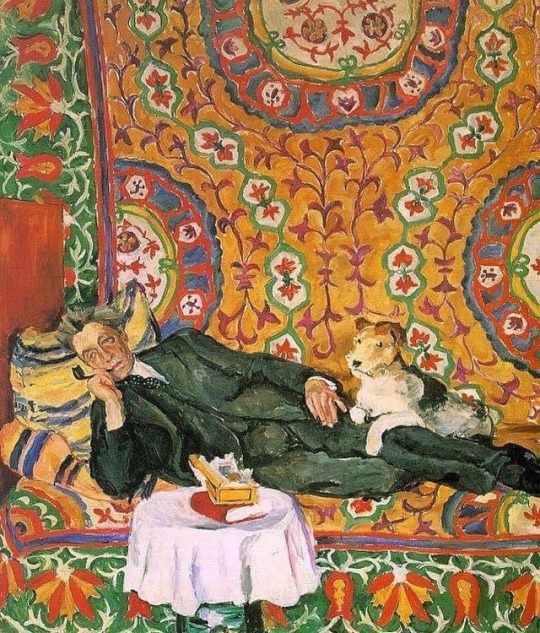#Pyotr Konchalovsky
Explore tagged Tumblr posts
Photo
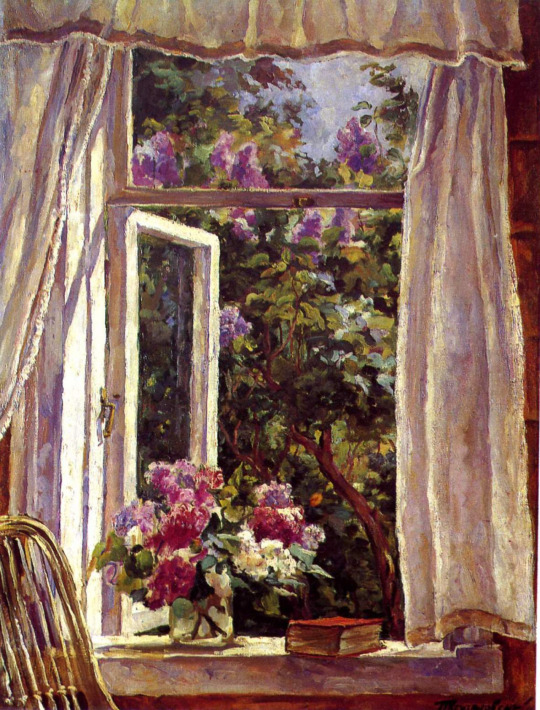
Pyotr Konchalovsky (Russian,1876-1956)
Window, 1936
Oil on canvas
998 notes
·
View notes
Text
Writing Notes: Poetry

Poetry
A type of literature that conveys a thought, describes a scene or tells a story in a concentrated, lyrical arrangement of words.
Poems can be structured, with rhyming lines and meter, the rhythm and emphasis of a line based on syllabic beats.
Poems can also be freeform, which follows no formal structure.
The basic building block of a poem is a verse known as a stanza.
A stanza is a grouping of lines related to the same thought or topic, similar to a paragraph in prose.
A stanza can be subdivided based on the number of lines it contains.
For example, a couplet is a stanza with two lines.
On the page, poetry is visibly unique: a narrow column of words with recurring breaks between stanzas. Lines of a poem may be indented or lengthened with extra spacing between words. The white space that frames a poem is an aesthetic guide for how a poem is read.
Meter
A poem can contain many elements to give it structure.
Rhyme is perhaps the most common of these elements: countless poetic works, from limericks to epic poems to pop lyrics, contain rhymes.
But equally important is meter, which imposes specific length and emphasis on a given line of poetry.
Stanza
In poetry, a stanza is used to describe the main building block of a poem.
It is a unit of poetry composed of lines that relate to a similar thought or topic—like a paragraph in prose or a verse in a song.
Every stanza in a poem has its own concept and serves a unique purpose.
A stanza may be arranged according to rhyming patterns and meters—the syllabic beats of a line.
It can also be a free-flowing verse that has no formal structure.
Rhyme Scheme
There are many different types of rhymes that poets use in their work: internal rhymes, slant rhymes, eye rhymes, identical rhymes, and more.
One of the most common ways to write a rhyming poem is to use a rhyme scheme composed of shared vowel sounds or consonants.
Types of Poetic Forms
Some of literature’s most enduring types of poems.
Blank verse. Blank verse is poetry written with a precise meter—almost always iambic pentameter—that does not rhyme.
Rhymed poetry. In contrast to blank verse, rhymed poems rhyme by definition, although their scheme varies.
Free verse. Free verse poetry is poetry that lacks a consistent rhyme scheme, metrical pattern, or musical form.
Epics. An epic poem is a lengthy, narrative work of poetry; typically detail extraordinary feats and adventures of characters from a distant past.
Narrative poetry. Similar to an epic, a narrative poem tells a story. Henry Wadsworth Longfellow’s “The Midnight Ride of Paul Revere” and Samuel Taylor Coleridge’s “The Rime of the Ancient Mariner” exemplify this form.
Haiku. A 3-line poetic form originating in Japan. The first line has five syllables, the second line has seven syllables, and the third line again has five syllables.
Pastoral poetry. A pastoral poem is one that concerns the natural world, rural life, and landscapes. These poems have persevered from Ancient Greece (in the poetry of Hesiod) to Ancient Rome (Virgil) to the present day (Gary Snyder).
Sonnet. A sonnet is a 14 line poem, typically (but not exclusively) concerning the topic of love. Sonnets contain internal rhymes within their 14 lines; the exact rhyme scheme depends on the style of a sonnet.
Elegies. An elegy is a poem that reflects upon death or loss. Traditionally, it contains themes of mourning, loss, and reflection. However, it can also explore themes of redemption and consolation.
Ode. A tribute to its subject, although the subject need not be dead—or even sentient, as in John Keats’ “Ode on a Grecian Urn”.
Limerick. A 5-line poem that consists of a single stanza, an AABBA rhyme scheme, and whose subject is a short, pithy tale or description.
Lyric poetry. The broad category of poetry that concerns feelings and emotion. This distinguishes it from two other poetic categories: epic and dramatic.
Ballad. A form of narrative verse that can be either poetic or musical. It typically follows a pattern of rhymed quatrains. From John Keats to Samuel Taylor Coleridge to Bob Dylan, it represents a melodious form of storytelling.
Soliloquy. A soliloquy is a monologue in which a character speaks to him or herself, expressing inner thoughts that an audience might not otherwise know. Soliloquies are not definitionally poems, although they often can be—most famously in the plays of William Shakespeare.
Villanelle. A nineteen-line poem consisting of five tercets and a quatrain, with a highly specified internal rhyme scheme. Originally a variation on a pastoral, the villanelle has evolved to describe obsessions and other intense subject matters, as exemplified by Dylan Thomas, author of villanelles like “Do Not Go Gentle Into That Good Night.”
Imagery
In poetry and literature, imagery is the use of figurative language to evoke a sensory experience in the reader.
When a poet uses descriptive language well, they play to the reader’s senses, providing them with sights, tastes, smells, sounds, internal and external feelings, and even internal emotion.
Blank Verse & Free Verse Poetry
Free verse poetry has been popular from the 19th century onward and is not bound by rules regarding rhyme or meter.
Blank verse poetry came of age in the sixteenth century and has been famously employed by the likes of William Shakespeare, John Milton, William Wordsworth, and countless others.
Unlike free verse, it adheres to a strong metrical pattern.
Mimesis
Copying is something writers usually strive to avoid.
And yet, the literary theory of mimesis says that artists copy constantly, as a matter of necessity.
Does this make their art bad?
Centuries of thinkers from Plato and Aristotle onwards have attempted to answer this question by debating the nature of mimesis.
Onomatopoeia
Usually, how words sound bears no relationship to what they mean.
That’s not true in the case of onomatopoeia, where words sound like what they are. The English language is littered with these mimicking words, from meowing cats to babbling brooks.
In poetry and literature, the onomatopoeic effect is something writers can harness to create vivid imagery without verbosity.
Enjambment
Poetry is a structured literary form, with patterns and rhythms that dictate the flow of verses.
Lineation in poetry is how lines are divided and where they end in relation to a clause or thought. Having a line break at the end of a phrase or complete thought is a regular and expected pattern in poetry.
Poets subvert this expectation by using a technique called enjambment.
Dissonance
The human brain instinctively looks for harmony.
When it is denied harmony, it can create a powerful moment—whether that’s for the purposes of creating tension, capturing inner turmoil, or bringing a bit of levity.
Injects discomfort into text through inharmonious sounds and uneven rhythms.
Consonance
In poetry, rhyme isn’t the only way to introduce memorability and musicality.
Consonance presents poets with the possibility of playing around with the repetition of consonant sounds.
Assonance
Assonance, the repetition of vowel sounds, is distinct from consonance, which refers to the repetition of consonant sounds.
Along with rhyme and alliteration, it is a powerful poetic device that writers can use to make their words stand out.
Alliteration
Sometimes called initial rhyme or head rhyme, alliteration is one poetic device that’s unmissable in our everyday world.
Poets, advertisers and headline writers all regularly take this approach of repeating initial letter sounds to grab people’s attention.
In poetry, it also injects focus, harmony, and rhythm.
Source ⚜ More: Notes ⚜ References for Poets ⚜ Writing Resources PDFs
#poetry#writeblr#literature#writers on tumblr#writing reference#dark academia#spilled ink#writing prompt#creative writing#light academia#writing notes#poets on tumblr#pyotr konchalovsky#writing resources
129 notes
·
View notes
Text

First Snow. Blue Cottage.
Pyotr Konchalovsky
1938
131 notes
·
View notes
Text
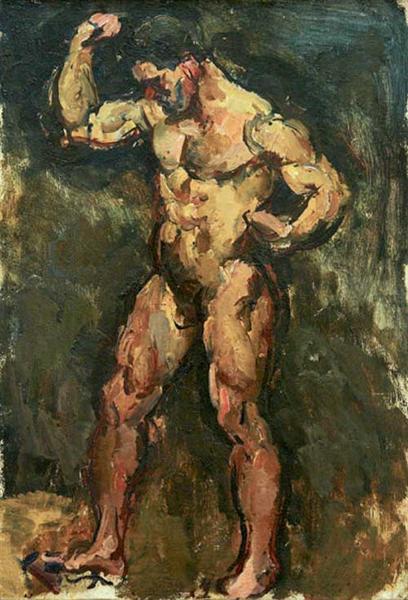
Pyotr Konchalovsky, Sitter, 1928
69 notes
·
View notes
Text
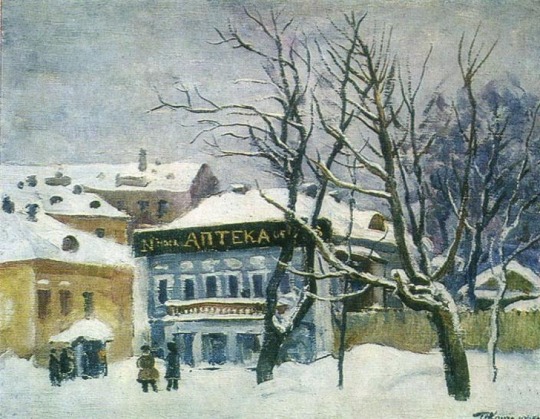
Moscow. Pharmacy in Sadovaya - Pyotr Konchalovsky , 1931.
Russian , 1876 - 1956
Oil, 54 x 71 cm
#Pyotr Konchalovsky#russian artist#pharmacy building#winter urban landscape#pharmacy facade#Sadovaya street#Sint-Petersburg#street scene
131 notes
·
View notes
Text

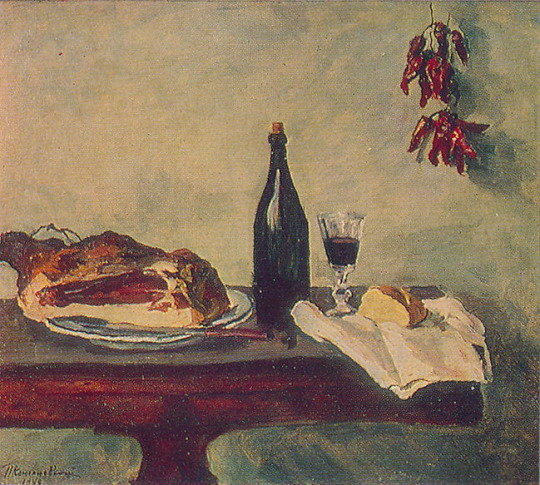
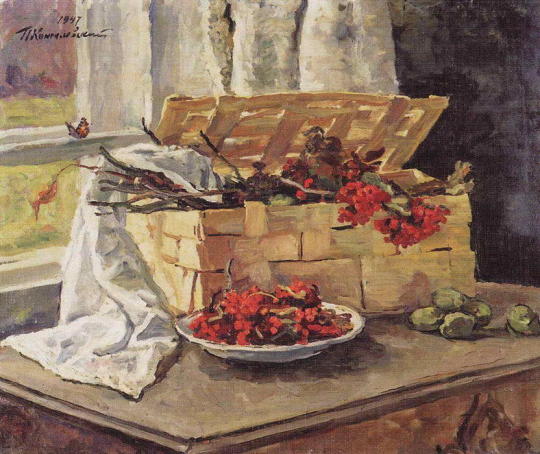
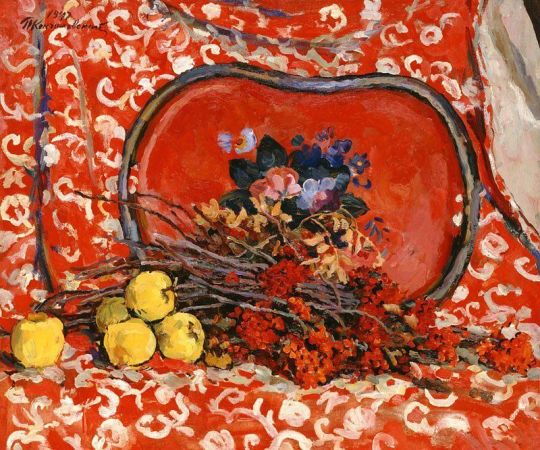
Still life paintings by Pyotr Konchalovsky
9 notes
·
View notes
Text
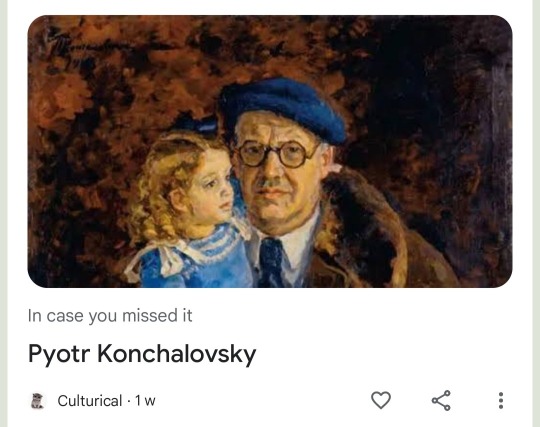
I n c a s e y o u m i s s e d I t P y o t r. K o n c h a l o v s l y
4 notes
·
View notes
Text
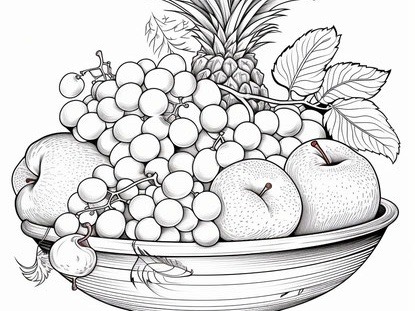
Mézes és tiszta gyümölcs tál színező lapok
Élelmiszer Színező #gyümölcs színező oldalak #lenyűgöző #rinat voligamsi #pyotr konchalovsky #franz west #screenshotsaturday #ilford pan f #25:31 #művészi #rajzolás
#ilford pan f#franz west#25:31#rajzolás#gyümölcs színező oldalak#rinat voligamsi#művészi#pyotr konchalovsky#screenshotsaturday#Imagella
0 notes
Text
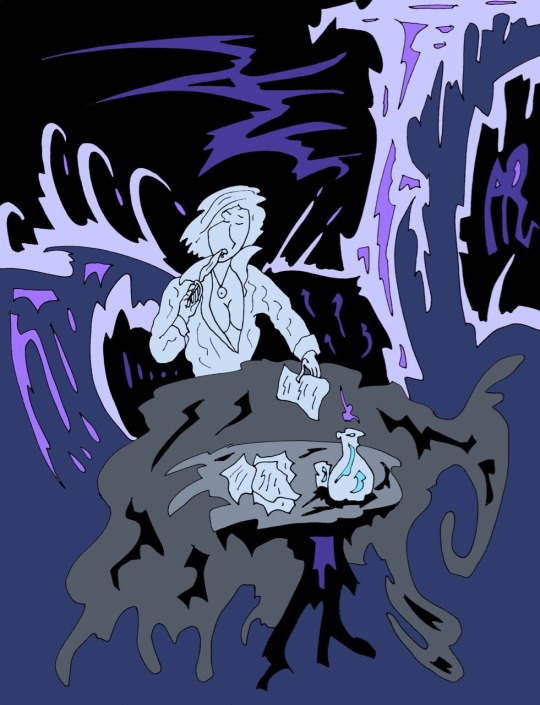
Pict of Tanza dressed as Alexander Pushkin from the Pyotr Konchalovsky painting...
1 note
·
View note
Text
Father’s Self-portrait with the Family
Mother put my hair in a plait,dressed me in my best blue skirtand red sailor blouse.Father set a timerand photographed the pose. I knew it would be boringand, deliberately turning,rummaged for stories in a chest,while mother froze, her blue dressblending into the mise en scene. She smiled faintly at the lensand then looked away,as did Father in his smart greysuit, and purple tie, blackpomaded…
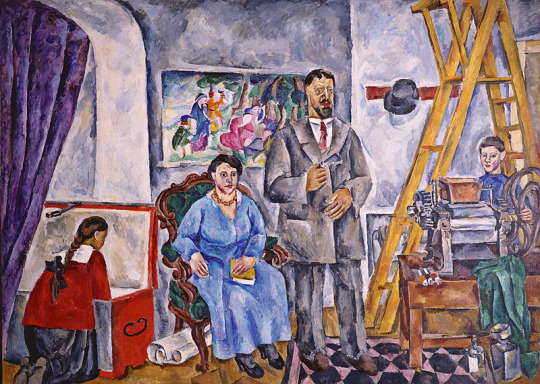
View On WordPress
#dverse Poets Pub#Ekphrastic poetry#Pyotr Konchalovsky#Self-portrait with the Family#Tuesday Poetics
0 notes
Photo

Pyotr Konchalovsky (Russian,1876-1956)
Apples and a dog-keeper, 1939
Oil on canvas
225 notes
·
View notes
Text
Writing Analysis: Of Mice and Men (Key Terms & Concepts)

AMERICAN DREAM
In Of Mice and Men the American Dream is symbolized by George and Lennie's desire for their own piece of land.
They momentarily believe if they work hard and save their money, they can afford to buy a home and work only for their own upkeep rather than someone else's.
Lennie and George's dream is eventually thwarted by the accidental killing of Curley's wife, demonstrating that no matter how hard one works, there are strong forces outside of one's control that ultimately determine one's success or failure.
DIFFERENCES
Steinbeck has an eclectic cast of characters in the story that have noticeable differences, like mental or physical disabilities, that set them apart and influence how they are treated by others in society.
Most specifically are Lennie, Candy, and Crooks, though Curley's wife can also be included because she is a woman, and therefore vastly different from the men around her.
ECONOMIC CLASS
In Of Mice and Men Steinbeck shows that hard-working Americans like George, Lennie, and the rest of their co-workers are unable to rise to a desirable middle-class lifestyle due to social and natural forces outside of their control.
They are doomed to wander from place to place in search of better work, better pay, and a place to call home.
FEMININITY
Curley's wife is the only female character physically present in the story.
Her femininity is both feared and resented by the males that surround her on the ranch.
Steinbeck uses Curley's wife to demonstrate how women are lonely and out of place in the masculine world of the ranch.
LONELINESS
There is an ever-present sense of loneliness in the text. Crooks, Candy, and Curley's wife all express their deep desire for companionship.
George and Lennie have managed to temporarily escape loneliness through their friendship, which makes others curious as well as a little jealous.
George eventually ends up alone like the others after he is forced to kill Lennie at the end of the story.
RABBITS
Rabbits take on a significant role in the story, representing George and Lennie's vision of the American Dream.
Before George kills Lennie, he tells Lennie about the rabbits that they plan to have.
When George kills Lennie, he also kills the idea of the rabbits and their dream of having a life of freedom.
RACE
Crooks, the African-American stable hand, is the main example of how race is incorporated into the story.
Steinbeck portrays Crooks as bitter and lonely because of the way he is ostracized from the rest of society.
Steinbeck shows that despite African-Americans being free they are still enslaved by terrible racism in the United States.
Curley's wife most poignantly reminds Crooks of his position when she threatens to have him lynched for crossing her.
Source ⚜ Writing Notes & References
#of mice and men#writing analysis#writeblr#spilled ink#dark academia#writing reference#literature#writers on tumblr#writing prompt#poetry#poets on tumblr#writing inspiration#writing inspo#writing ideas#creative writing#pyotr konchalovsky#still life#art#writing resources
55 notes
·
View notes
Text

— Oak Grove by Pyotr Konchalovsky, 1920
#by artved#Russian art: Pyotr Konchalovsky#Russian art: 20th century#Painting: Oak Grove#art#Russian art#painting#landscape#trees
8 notes
·
View notes
Text

Pyotr Konchalovsky (1876–1956). Ukrainian painter. oil on canvas
511 notes
·
View notes
Text
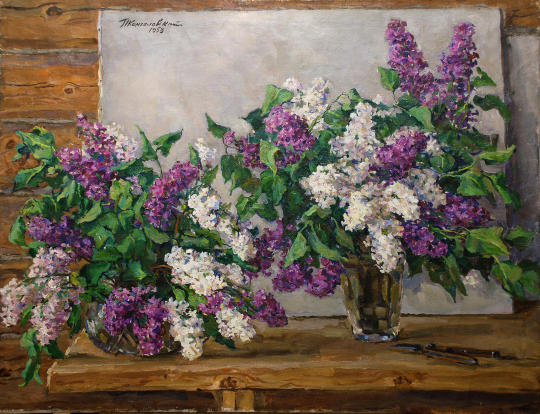
"Lilacs and a Stretcher" by Pyotr Konchalovsky (1953)
303 notes
·
View notes
